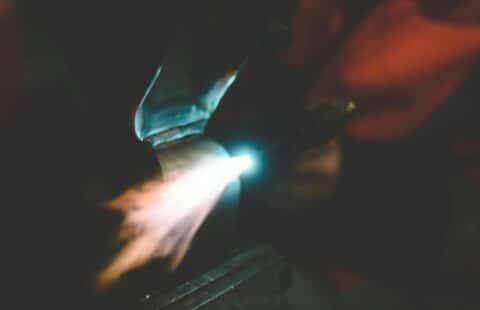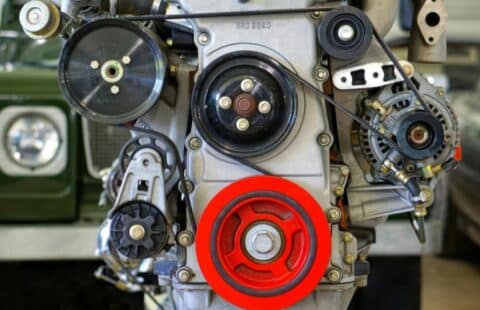
Understanding Gearbox Design: A Step-by-Step Overview
Gearbox design is the cornerstone of efficient mechanical power transmission, impacting everything from automotive performance to industrial machinery reliability. This process involves meticulous planning and engineering expertise to ensure gears function seamlessly under varying conditions.
At Mayday, we understand the critical role of gearbox design in optimizing performance across industries. Let’s delve into the comprehensive steps of creating and refining gearbox configurations to meet diverse operational needs.
The Gearbox Design Process
Gearbox design is a meticulous process essential for ensuring efficient mechanical power transmission. Whether creating new designs or refining existing ones, the journey involves several key phases:
1. Requirements Analysis:
Firstly, engineers define operational needs like torque, speed, power transmission, and environmental conditions. These specifications guide all subsequent design decisions.
2. Conceptual Design:
Next, engineers select suitable gear types—spur, helical, or bevel gears—based on specific application requirements. They also determine the gearbox layout, size, and overall configuration to ensure it works effectively.
3. Detailed Design:
During this phase, detailed engineering drawings and specifications for each gearbox component are created. Engineers calculate gear ratios, design tooth profiles, and ensure proper meshing and load distribution to optimize performance.
4. Simulation and Analysis:
Advanced software tools are used for stress analysis, fatigue calculations, and thermal modeling. Virtual testing helps validate the design’s performance and reliability under various operating conditions, reducing risks before physical prototyping.
5. Prototype Development:
Prototypes are fabricated and tested to evaluate real-world performance and identify design improvements needed before full-scale production.
6. Manufacturing and Quality Assurance:
Once the design is validated, gearbox components are manufactured using precision machining techniques. Rigorous quality control measures ensure each part meets stringent standards before assembly, and final testing verifies readiness for full-scale production.
Successful gearbox design requires expertise in mechanical engineering, materials science, and manufacturing processes. Engineers ensure gearboxes meet performance expectations across different industries by following systematic design methodologies and using advanced simulation tools.
Gearbox design is a complex yet essential process that requires precision and innovation. At Mayday, our engineers follow structured methodologies and use advanced simulation tools to ensure gearboxes perform optimally and reliably. Whether improving automotive efficiency or enhancing industrial machinery, our expertise in gearbox design drives technological advancements and operational excellence.
For tailored solutions and expert guidance, trust Mayday to meet your industry-specific requirements and maximize mechanical efficiency.


